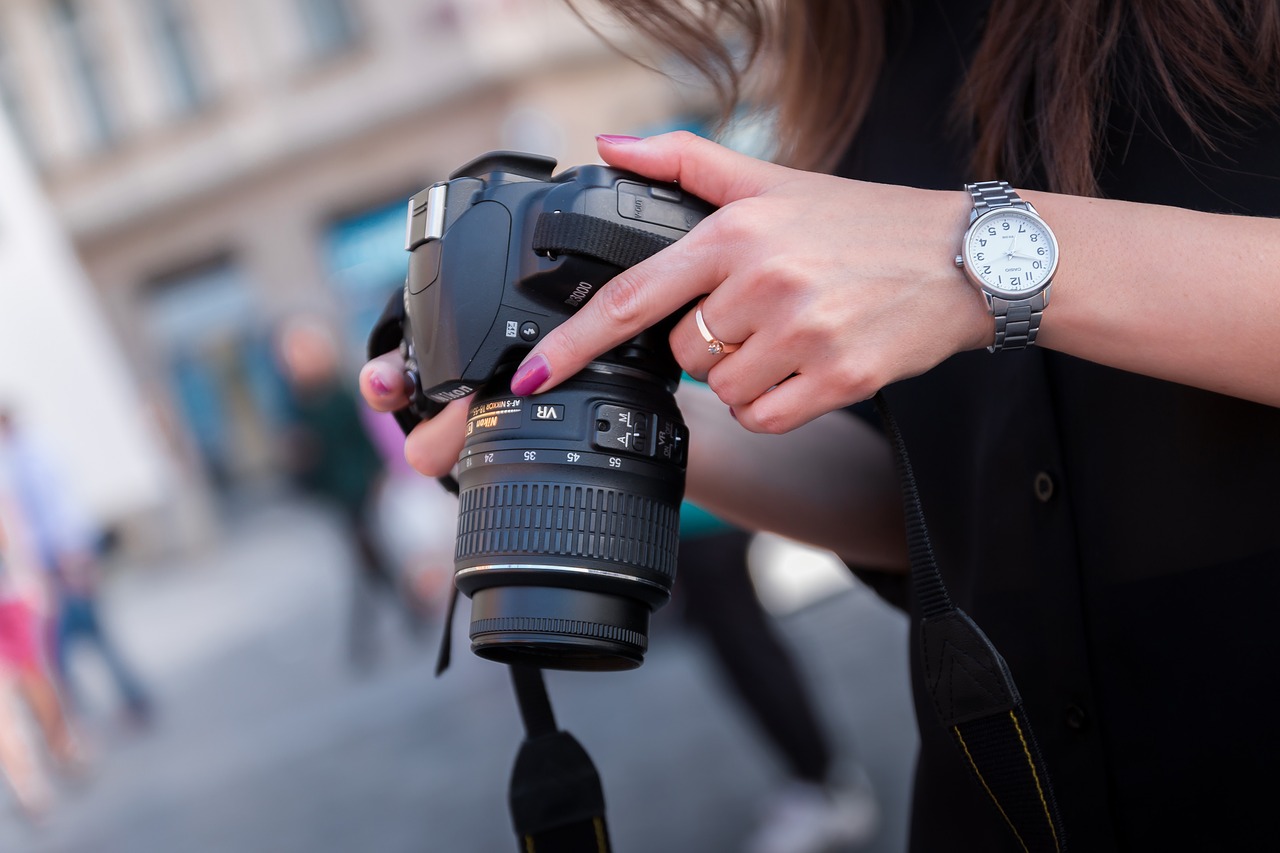Histograms Cause Confusion but Ironically, Clarity too
So there are common misconceptions about histograms circulating, have always been, so we'll quickly clear them up here today. Basically, what your camera's LCD is displaying can be open to vast interpretation. We're gonna cover three of the most common.

1. There's no “Perfect” Histogram
Sorry to disappoint, but trying to strive for a single end goal of the perfect curves in your histogram chart is not going to make your images better. There's a reason for this, there are individual scenes which present varying lighting and therefore provide different levels of highlights, mid-tones and shadows.
Even when you've nailed your exposure and you know it's absolutely spot on, the histogram may not show this and that's okay. You know you've put your techniques and skills to use and that's what matters here. Plus, post production will be lighter work!
2. The Histogram You See on Your LCD is a JPEG Representation, Even if You're Shooting RAW.
Of course, it'll show up in post as a RAW file and because of this it will contain a load more data – therefore, your histogram will be more detailed than the one you've just seen only moments before on your camera's LCD.
This is a good thing as it means you have more data to work with and therefore have a lot more control over how you personally edit your photographs. If you blew out some highlights a little, shooting in RAW will help you do a little recovery, so don't panic if your LCD shows things a little bunched up.
If shooting RAW, the information and latitude collected is far more than what can be displayed on the JPEG shown on the LCD.
3. Different Lenses Affect Your Histogram – No Matter What
Keeping EVERYTHING the same apart from your lens, i.e. the Scene, ISO, Shutter Speed, Aperture etc and changing your lens will affect your histogram – this seems fairly intuitive when you think about it.
The light traveling through the lens will affect things differently if your lens changes, this will then affect the light hitting your sensor and so this is represented differently on your histogram. All lenses are not created equal either, that is, f/2.8 on one lens is not necessarily the same on another.
Remember, the histogram needs to be used, especially out in the field as your LCD will not show an accurate image when compared to the data your histogram is showing. It's a tool to use to improve your photography and have a reference point based on data, it's not something to aspire to.
Further Resources
- The Advantages and Disadvantages of Shooting Raw by Jason D. Little
- Are You Using Your Histogram to Get Better Photographs? by Lightstalking
- Everything You Need to Know About the JPEG Image Format by Jason Row






2 Comments
All good points. Thumbs up.
There’s anothor common ‘mistake’: the belief that the histogram must touch its left & right frames. It should only touch the left frame when there are blacks in your shot and it should only touch the right frame if there are whites in your shot. But even then it does not HAVE to touch the frames to be close to perfect! It should not overshoot these frames though, because then you’re overblowing either darks or brights.